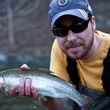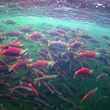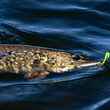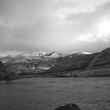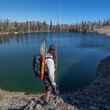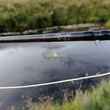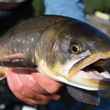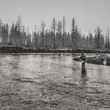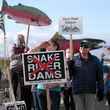Until 1990, when congress passed the Tongass Timber Reform Act and changing market conditions forced the highly government subsidized logging companies in the Tongass to halt operations, the Tongass National Forest was the site of numerous large scale logging operations that clear cut old growth timber stands at the peril of the region's natural habitats and tourism industries. In 2010, the US Forest Service pledged a major course correction in management principles, one which would focus on young-growth timber and supporting job creation in existing industries such as fishing, seafood processing, mariculture, tourism, visitor services and alternative energy.
Alaska's tourism and fishing industries are both on the rise. Southeast Alaska is home to the largest workforce in Alaska's fishing and seafood industry and in 2012, the waters that surround the Tongass National Forest saw the most lucrative salmon harvests in the entire state. Cruise ship and tourist visitation have returned to previous high levels. Southeast Alaska's population of children and students are on the rise for the first time in decades.



